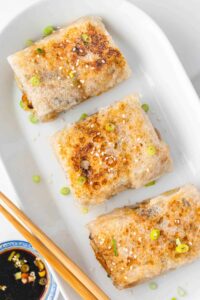YOUR JOURNEY TO GETTING FIT HEALTHY & FEELING GREAT STARTS HERE
ABOUT FOOD & WELLNESS
Welcome to Food & Wellness, where our goal is to guide you on a journey of positive change while finding joy in each step. We’re dedicated to providing transparent services to individuals seeking lasting improvements in their lives.
Our expertise includes clinical nutrition and dietetics. We’re proud to be recognized as clinical nutrition specialists, offering a team of clinical nutritionists and clinical dietitians available for both in-person and online interactions.
Within our scope of practice is disease management, a crucial aspect of our service. We create specialized programs for weight loss and weight management, tailored to each individual’s unique needs. Furthermore, we provide valuable nutritional guidance during significant life stages such as pregnancy – covering conception, prenatal and postnatal care – along with support through menopause, child nutrition, and geriatric nutrition. Our focus on food as medicine aligns with the fundamental principles of clinical nutrition and dietetics.
For those engaged in team sports, our dedicated sports nutrition team is equipped to address athletes’ distinct dietary requirements in team-oriented disciplines. We understand the vital role of sports nutrition in achieving peak performance and overall well-being.
If you seek convenience without compromising quality, our online diet consultation services cater to your needs, especially for weight loss. Our best online dietitian(s) are well-prepared to guide you, offering support and insights that promote effective and sustainable weight management.
In a world full of options, we take pride in being among the top dietitians, known for our dedication to client well-being. Our commitment extends to fostering a healthier society by offering expert guidance on diet and nutrition for health and wellness.
Are you in search of the best dietitian and nutritionist in India (Kolkata, Delhi, Mumbai and Bangalore), Dubai, and Singapore? Look no further. Our reputation as a field leader is evident in our customized programs designed to facilitate positive change, accommodating individual preferences and ensuring a user-friendly experience.
WHAT DOES FOOD & WELLNESS PROGRAM OFFER
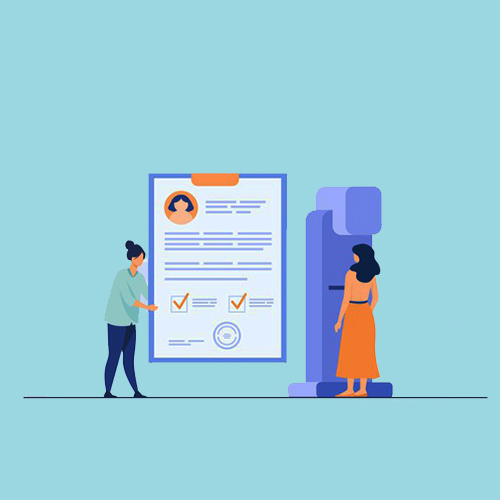
Initial Assessment
Scientific assessments of your medical reports along with current lifestyle and dietary analysis

Personal Dietitian
Expert dietitians and lifestyle coaches help you in making the right lifestyle and dietary choices

Customized Diet Plans
Tailored diet charts, weekly checkins for progress updates, coaching and additional supports are provided

Goal Based
Our medically supervised disease and weight management program aids you in reaching your set goals and holistically maintain the achieved changes
TESTIMONIALS

This journey started in February 2019 with the realization that I need to do something about my health or start paying huge sums of hard earned money on medical insurance, medicines and sign up f(…)

While I had always played sport, over the years, constant travel, stress, eating out and a sweet tooth had resulted in weight steadily going up and related health issues cropping up. Once I hit 5(…)

I have known Meenu since 2017, when both my husband and I wanted to opt for a healthy lifestyle and lose 5 kgs. With Meenu’s persistence and easy to implement diet we were able to accomplish tha(…)

It has been a very informative interaction and experience working with Doc Meenu Agarwal for 4 months.
When I reached her clinic in Sept 2020, I was a chronic case suffering from severe uric (…)
FOOD & WELLNESS CORPORATE WELLNESS PROGRAM

Group Health Talks
Educational webinars are held with the participants and thier family members to creat awareness

Diet Counselling
Expert dietitians and lifestyle coaches help you in making the right lifestyle and dietary choices including canteen food suggestions through group seminars
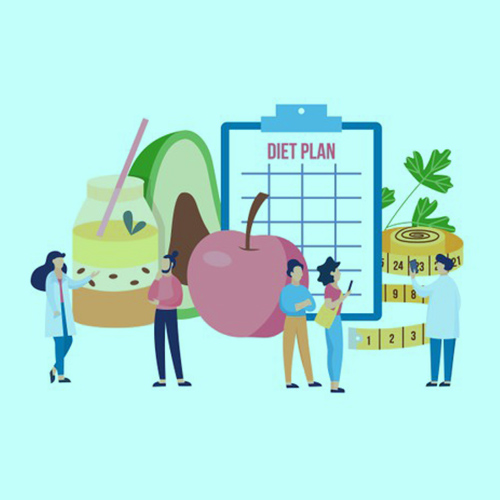
Customized Monthly Plans
Tailored diet charts, weekly checkins for progress updates, coaching and additional supports are provided
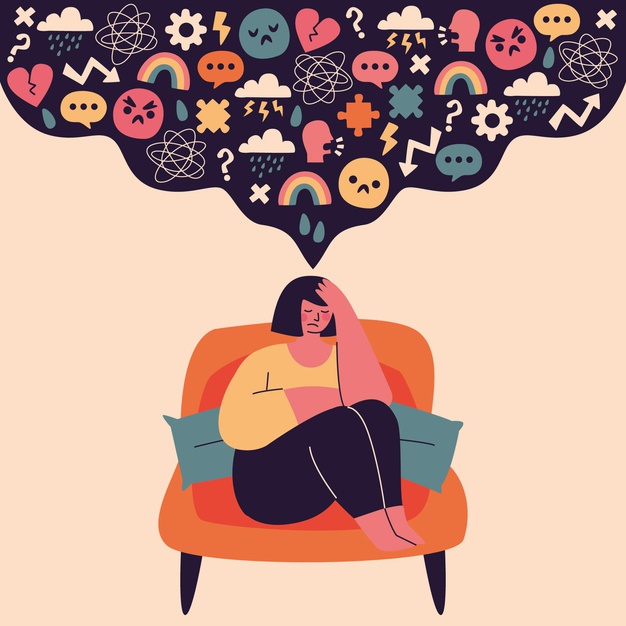
Mental Health
Our corporate wellness program helps and educates participants on the mental health conditions tips, how to remain mentally and physically fit with varying exercises and yoga
LATEST ARTICLES / RECIPES
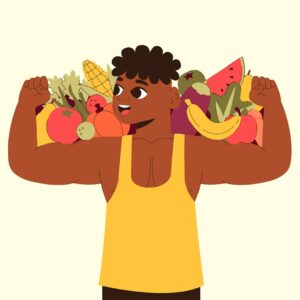
Nutritional considerations for Vegan athletes
The popularity of veganism has surged, driven by ethical, environmental, and health concerns. Among those embracing this lifestyle change are athletes, drawn by the promise of improved performance and faster recovery.
Lets delve into key nutritional considerations for athletes who choose a vegan lifestyle!
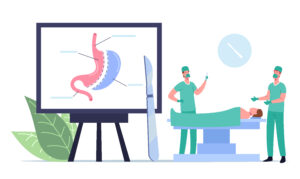
Understanding Bariatric Surgery: A Complete Overview
Bariatric surgery offers a life-changing solution for individuals battling severe obesity, enabling significant weight loss. Before contemplating this procedure, it’s essential to grasp its various aspects, including types, benefits, potential side effects, and necessary post-surgery nutritional changes. This article provides a comprehensive overview of bariatric surgery, grounded in research and evidence-based information.
BOOK AN APPOINTMENT
Let’s begin the transformation process without making it a hindrance to your lifestyle or a burden to your routine. Quickly book an appointment and lets talk on how to resolve and improve your health issues .
@meenuagarwal_
























